Wangechi Mutu's powerful sculptures take over the palatial interiors of Rome's Galleria Borghese
The Kenyan-born artist is the first living woman to have a solo exhibition at the villa
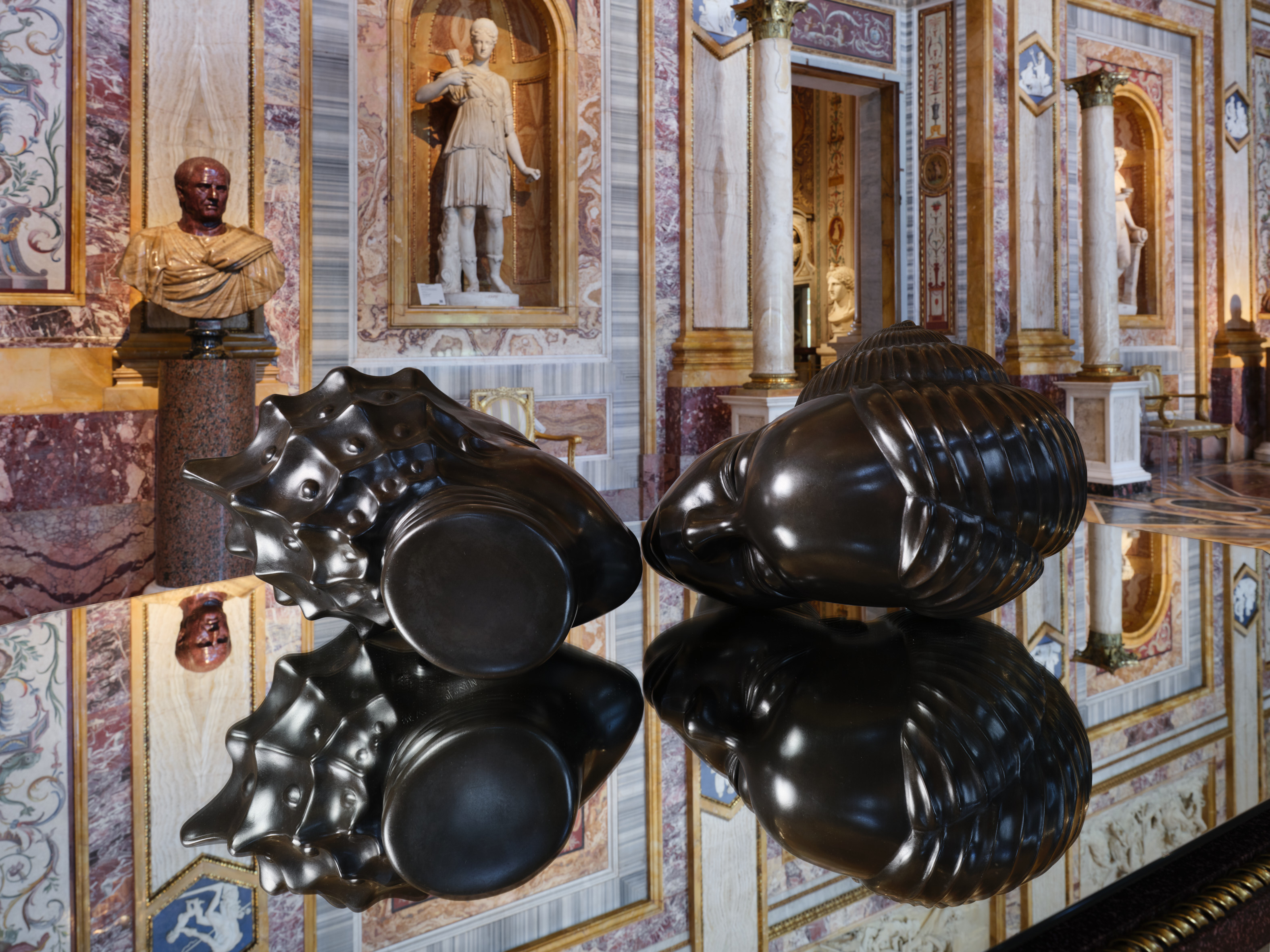
There is nothing more proudly Roman than the Galleria Borghese, the sumptuous 17th-century villa built for the Cardinal Scipione Caffarelli Borghese that today overflows with one of the world's great art collections.
Despite the museum's centuries-old history and its holdings of masterworks by Caravaggio, Titian and Raphael, it had never exhibited work by a living female artist. Kenyan-American artist Wangechi Mutu is changing all of that with a new show, 'Black Soil Poems.'
The exhibition, which opened in June, displays surreal sculptures by the Nairobi- and Brooklyn-based artist throughout the villa's Baroque interiors. The works don't compete with gallery's permanent exhibition, but it's clear they're there to have some poignant conversations. 'We tend to think about the perfect beauty of the collection,' says Galleria Borghese's director, Francesca Cappelletti. 'Mutu's work makes you think about its implications, and understand it in a very intuitive way.'
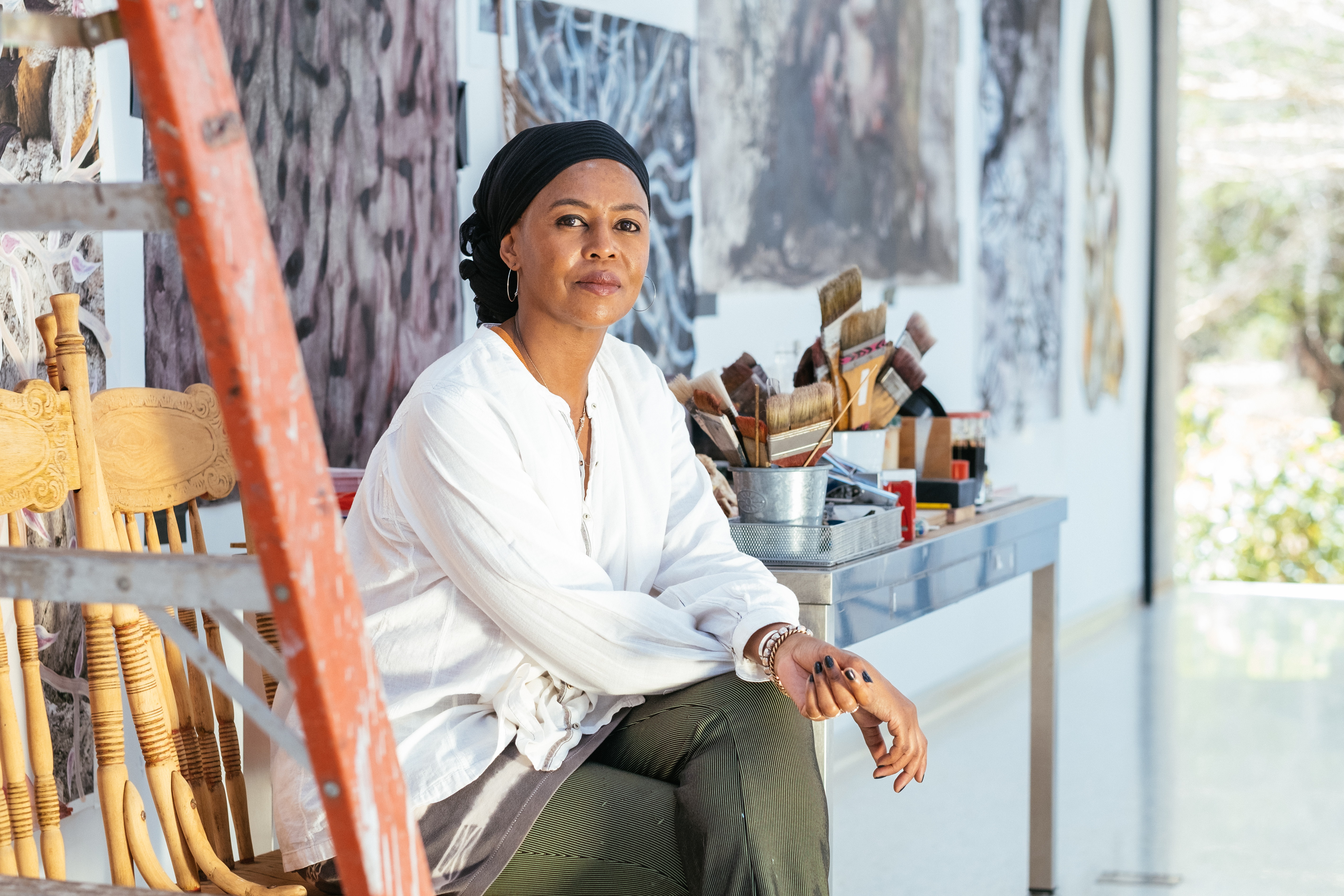
Wangechi Mutu
Visitors first discover the artist as they approach the villa to see two monumental bronze women guarding the entrance, with a lip plate and ritual markings. Roman caryatids these are not.
Inside, where Bernini's Pluto is eternally abducting a desperate Proserpina under the blasé gaze of Roman emperors, Mutu's Prayers draws the eye upwards. Hanging from the ceiling is a massive rosary made from wooden beads and dark red soil, humble materials that challenge the hierarchy of white Carrara marble.
Similarly, Suspended Playtime consists of balled-up plastic garbage bags hanging just above the ground. The installation references the resourcefulness of African children who make soccer balls and other toys from whatever is at hand. Swaying gently, it fills nearly the whole length of the salon, impossible to ignore. Cheap and precious, fragile and defiant, it's too provocative for some, such as an acerbic Italian tour guide heard saying, 'Don't touch the modern art—plastic bags, 20 billion euros!'
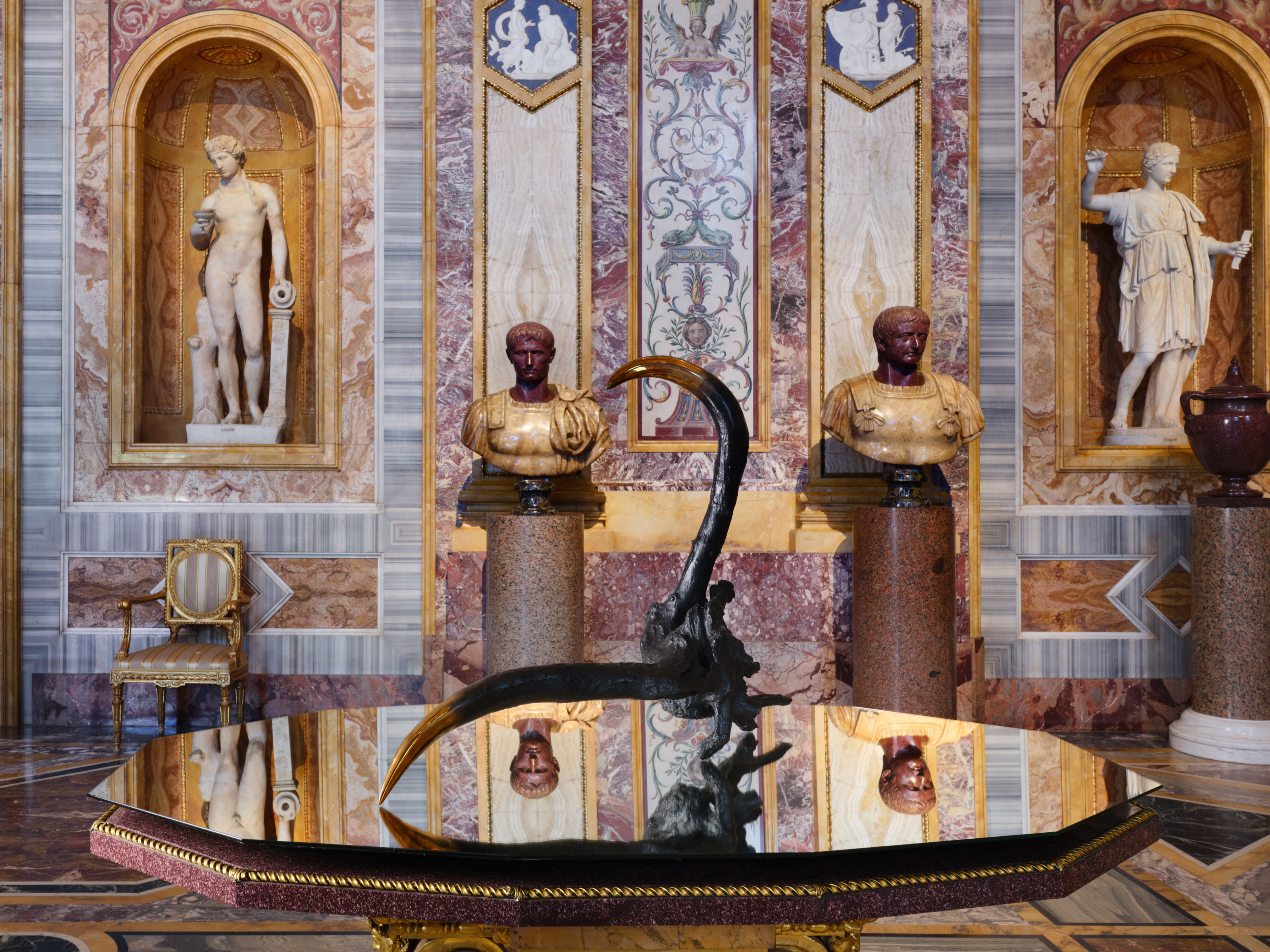
Installation view with Underground Hornship
Even coffee grounds have a place in Mutu's oeuvre, used to write out a poem taken from Bob Marley's song 'War,' based on a speech on racial injustice by Ethiopian emperor Haile Selassie. Coffee links Ethiopia and Italy (as does a historical period of occupation). Called The Grains of Words the work is laid out on top of ancient Roman mosaics showing gladiators (who were often enslaved) in combat.
Receive our daily digest of inspiration, escapism and design stories from around the world direct to your inbox.
Cappelletti notes, 'In the European tradition, subjects from ancient poetry, or Renaissance and Baroque poems, have always played a role in influencing artists making paintings and statues. Here, Mutu is finding new sources of poetry that can relate to ancient cultures or contemporary ones.'
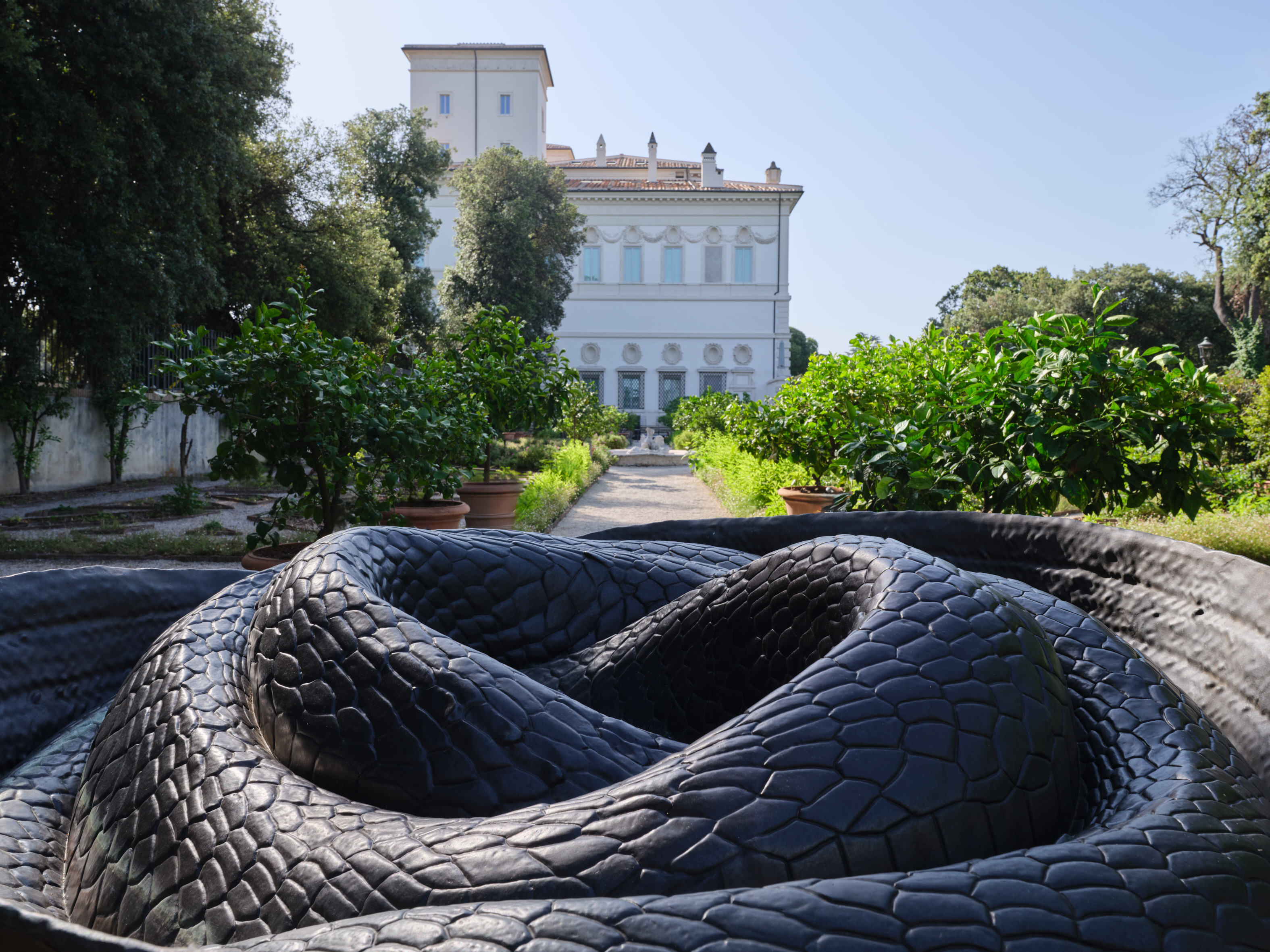
Graden view with Nyoka.
On the floor of another room, Mutu's Bloody Rug is a silk carpet with swirling red stains. The curators chose to put it in the same room as Domenichino's The Hunting of Diana which portrays the idealised beauty of the goddess and nymphs in an archery competition.
Cappelletti mentions the ancient Roman poet Ovid's "Metamorphoses," in which a hunter accidentally comes upon Diana and her nymphs bathing in the woods, and is turned into a stag to be devoured by his hounds. 'You can imagine, in this painting, something like this is about to happen,' she says. 'Two shepherds are hiding in the bushes, fearing the goddess will spot them. The idea of making a real and even beautiful bloody rug alludes to the violence inside the ancient myth.'
Parallels between Mutu's work and the collection's masterpieces are many. Her two Weeping Heads, created this year, have beads and ribbons spilling out of their eye sockets. The heads' roots and branches might make others think of Bernini's nearby Apollo and Daphne, the virgin turning into a laurel tree to escape the god's unwanted advances.
Throned is a mysterious seated figure dressed in a cloak made of red soil and paper pulp. Since the late 18th century, the displays at the Villa Borghese have featured a sculptural masterpiece at the centre of each room. Here, Mutu's unusual intruder plays that role, surrounded by depictions of important seated women, including the Virgin Mary and one of the most celebrated masterpieces of European painting, Titian's Sacred and Profane Love.
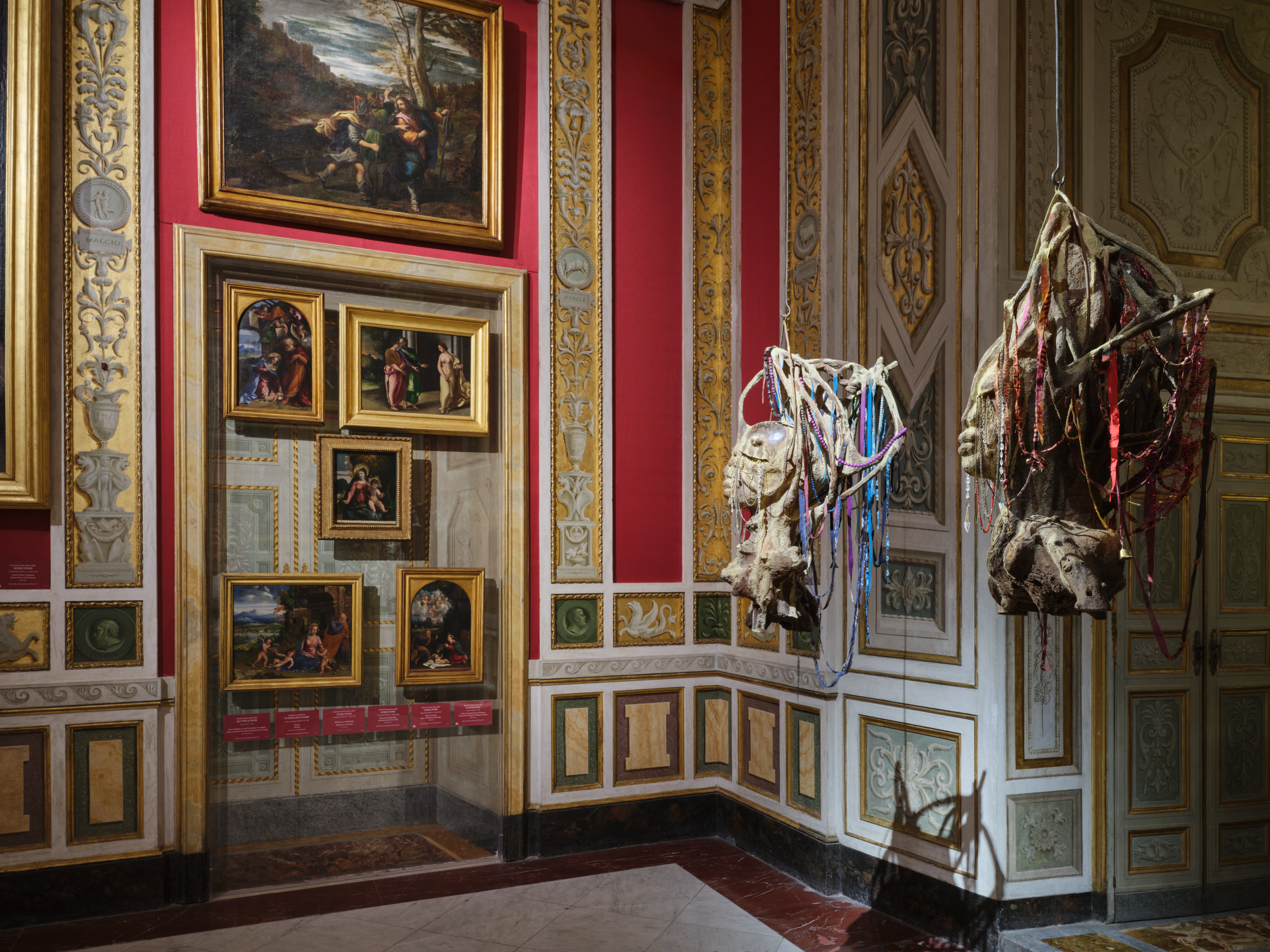
Installation view with First Weeping Head and Second Weeping Head
The exhibition extends into the Villa Borghese's normally closed Secret Gardens. On the terrace, a stunning Black mermaid in bronze, Water Woman has webbed hands, a fish tail, pointy breasts and silky-smooth dark skin. Her elegant pose might remind you of Canova's Paolina Borghese, reclining in white marble as Venus.
Also in the garden, Mutu's huge bronze snake in a basket draws our attention to the natural world and the 200 acres of gardens surrounding the villa. Cappelletti notes, 'Ovid always talked about snakes, which are so close to the earth and so ancestral.'
Inside the museum, a painting by Caravaggio shows the Madonna and child crushing the head of a snake. But Mutu's coiled serpent is hiding its head, inscrutable. There's a good chance that visitors coming upon it will reach out and touch its textured skin.
Wangechi Mutu 'Black Soil Poems' is sponsored by Fendi. It runs until 14 September at the Galleria Borghese galleriaborghese.beniculturali.it
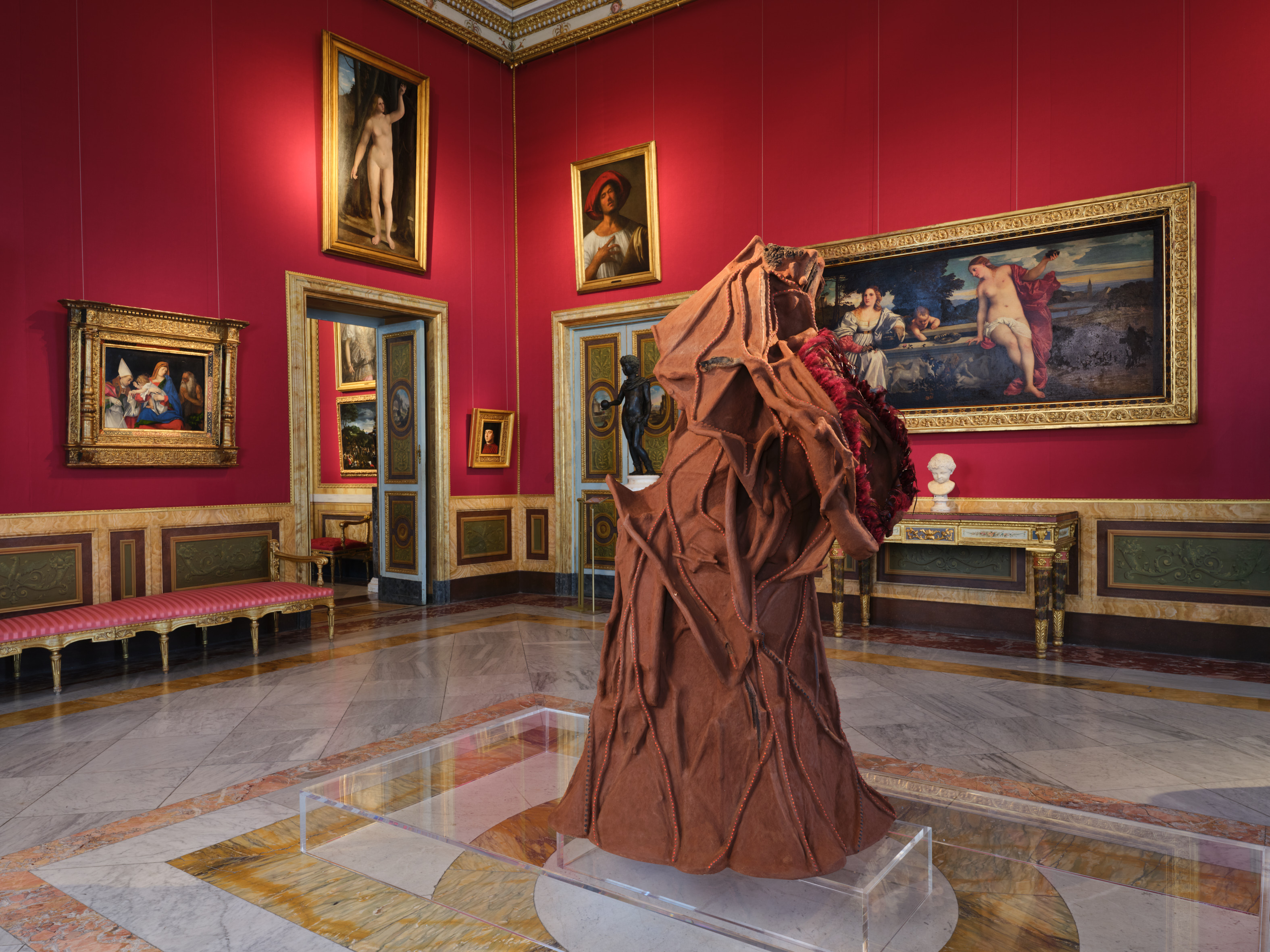
Installation view with Throned
Amy Serafin, Wallpaper’s Paris editor, has 20 years of experience as a journalist and editor in print, online, television, and radio. She is editor in chief of Impact Journalism Day, and Solutions & Co, and former editor in chief of Where Paris. She has covered culture and the arts for The New York Times and National Public Radio, business and technology for Fortune and SmartPlanet, art, architecture and design for Wallpaper*, food and fashion for the Associated Press, and has also written about humanitarian issues for international organisations.
-
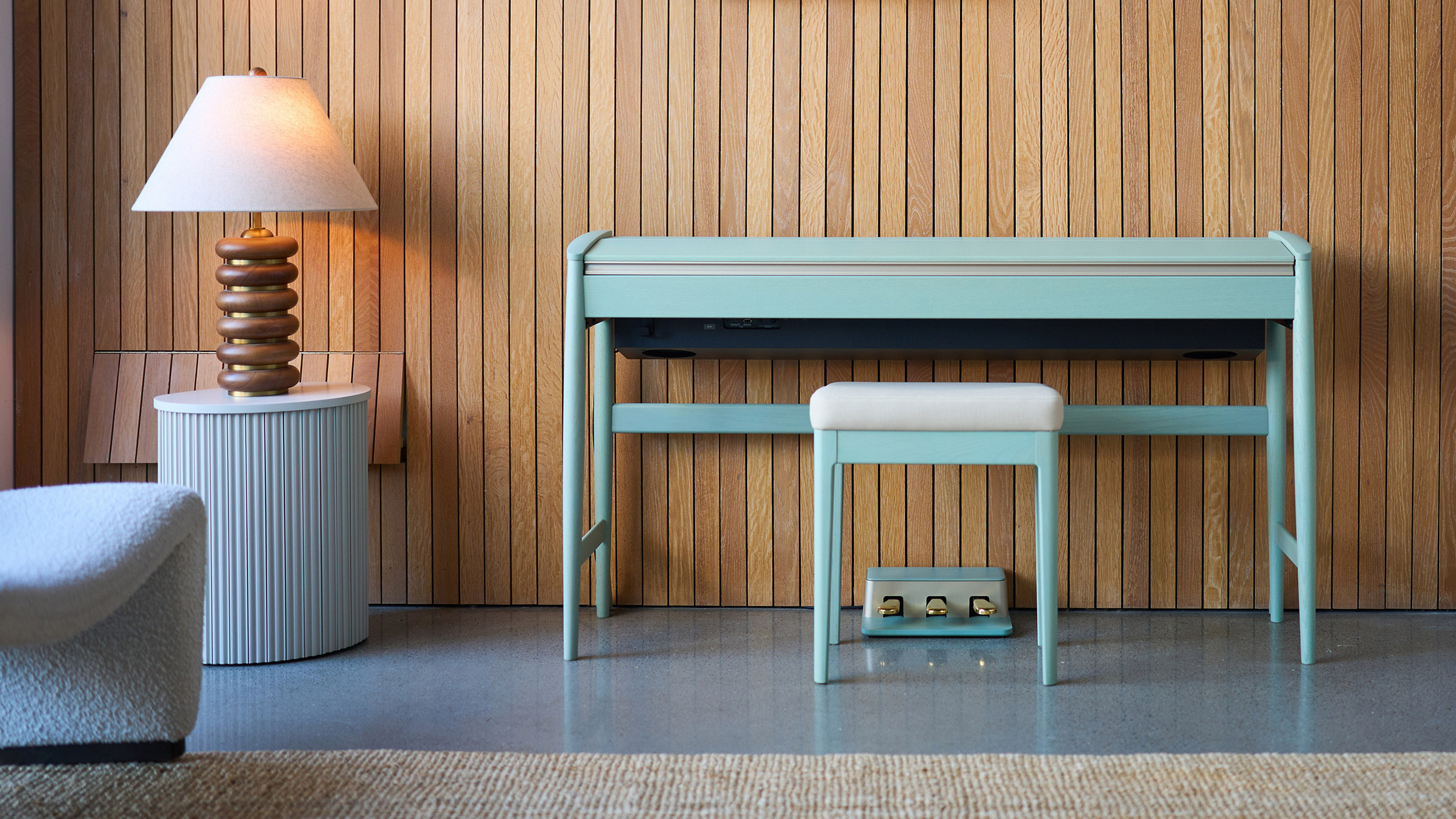 Roland and Karimoku expand their range of handcrafted Kiyola digital pianos
Roland and Karimoku expand their range of handcrafted Kiyola digital pianosThe new Roland KF-20 and KF-25 are the latest exquisitely crafted digital pianos from Roland, fusing traditional furniture-making methods with high-tech sound
-
 Fulham FC’s new Riverside Stand by Populous reshapes the match-day experience and beyond
Fulham FC’s new Riverside Stand by Populous reshapes the match-day experience and beyondPopulous has transformed Fulham FC’s image with a glamorous new stand, part of its mission to create the next generation of entertainment architecture, from London to Rome and Riyadh
-
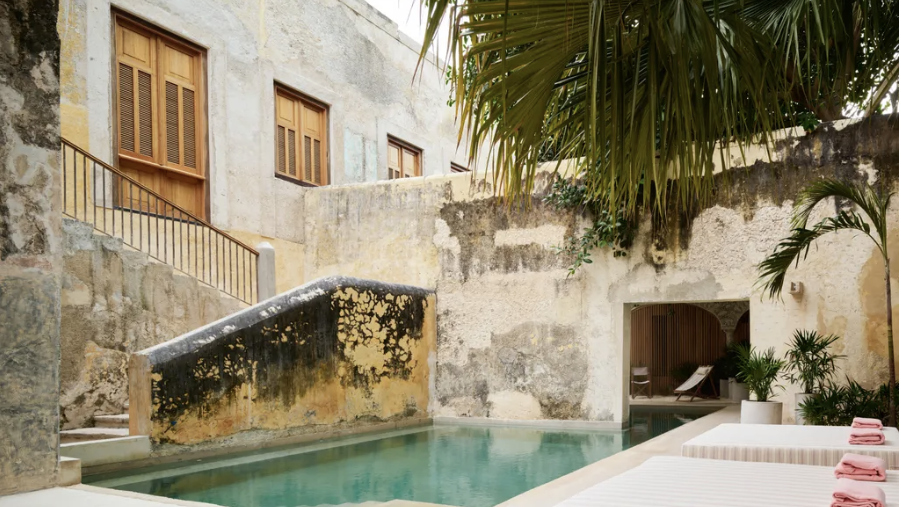 A contemporary Mexican hotel emerges from a 16th-century ruin in Mérida
A contemporary Mexican hotel emerges from a 16th-century ruin in MéridaA renovation project by Zeller & Moye, Mérida’s new Hotel Sevilla wears its architectural interventions lightly, mixing new brutalist elements into listed interiors and a palm-filled courtyard